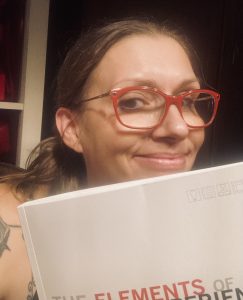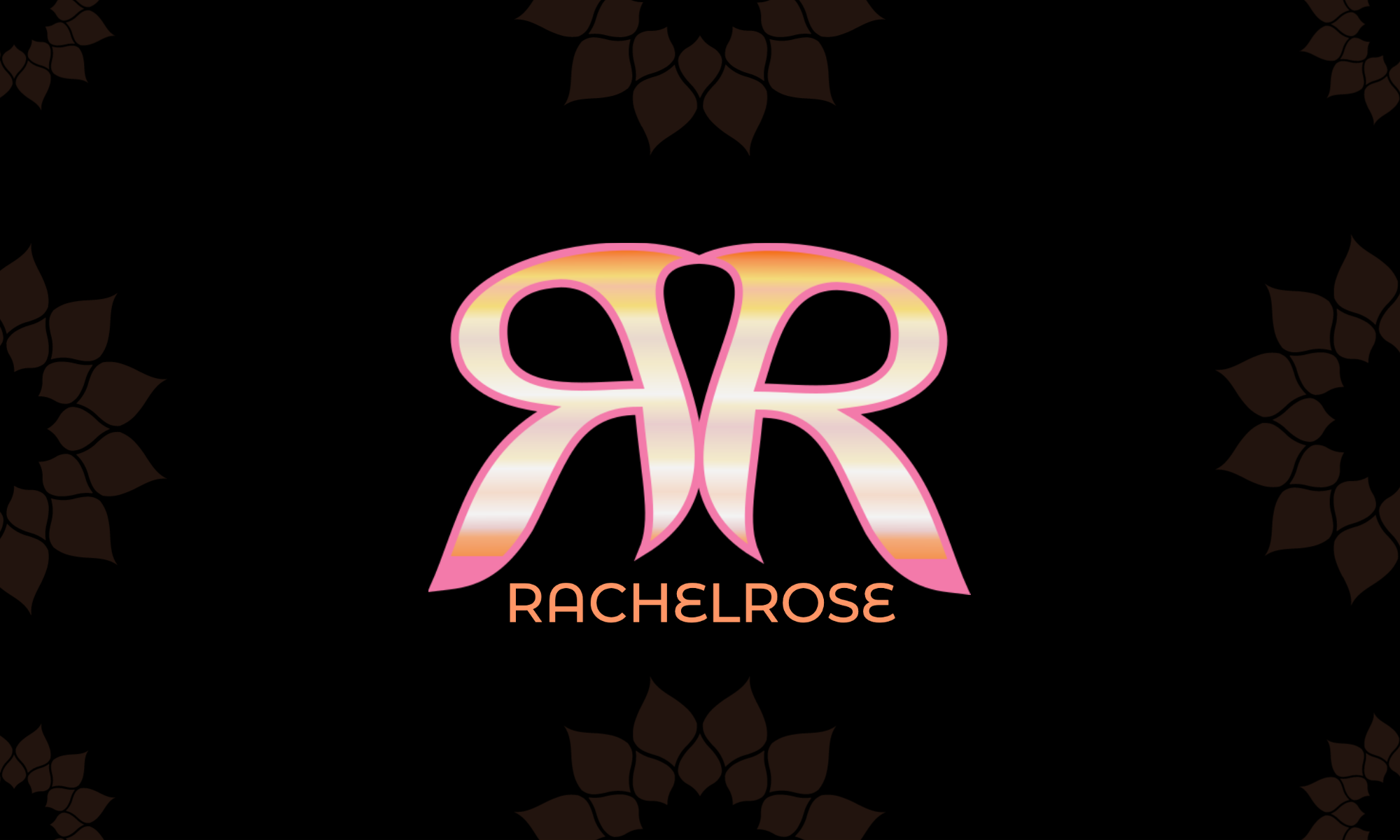
The Elements of User Experience by J.J. Garrett proved a stimulating and thought-provoking text book which gave substance to my UX Design Course. I loved the book, and made time almost every evening to read a few pages. Upon awakening, I would try to remember what I had read the night before.
Studying is a slow and steady quest. Rarely can I dedicate large chunks of time to my course, but I chug along. I could have rushed into Part Two of the course, Start the UX Design Process: Empathize, Define and Ideate. But, I thought it wiser to buy the two books referenced in Part 1 and thus gain a more solid footing in the material. (The other book is The Design of Everyday Things. More on that later…)
UX
User Experience (UX), like many things tech-related, is a relatively nascent field. As we have broadened and deepened our relationship with technology, we have become more discerning and habitual in the way that we wish to interact with the tech. Making the user adapt to the company’s or the programmer’s vision (or bias) is no longer acceptable. It is a sure path to ruin in today’s competitive online market.
Enter UX. Twenty-five years ago, with insensitive regularity, tech savvy folks would sniff that “the user just has to adapt to the interface”. Since then, certain standards have been established that make information design and interface design more predictable and, well, usable. After all, that’s it: what we want to achieve with UX is a usable site that aligns with the product objectives.
The 5-Elements UX Model
Garrett identifies 5 User Experience planes: Strategy, Scope, Structure, Skeleton, Surface. The Elements of User Experience is a model that accommodates both information and interface design.
The author begins by explaining that the two points of view are opposite but equally necessary. Those who look at the Internet as a big database, who think mostly about the search for and delivery of information, view web development from one perspective. Those who see the Internet as more of an “app”, as something that lets you do something, contemplate it from another perspective. JJ Garrett came up with a model that serves both standpoints.
The Elements of User Experience

This image is adapted from Garrett’s original work (2010)
A full description of the theory and application of the Elements of User Experience Design is well beyond the scope of this post. What I hoped to do is comment on a few things about the book and the course.
Takeaways from The Elements of User Experience
First of all, it is perfectly possible to do the UX Design Course and not read this book. I undertook this as an extracurricular activity and am I ever happy that I did. The course description of the five elements of UX is more than adequate. But, the book gave history, breadth and depth to the subject.
Secondly, Garrett is extremely good at defining common terms. It can be easy to think that you know the difference between interface design and information design, but some assumptions are not always true. Furthermore, it is good to challenge your own understanding. I feel much more confident now in distinguishing between the different parts of a web site or app.
Thirdly, reading this book helped me to perceive a bias that I did not know I had: I am an information person and have always approached the Internet from that perspective. Despite being a lover of pretty things, I was always thinking about the information. I discovered that bias whilst reading this book and now look at UX Design from a different perspective.
Fourthly, there is some Google bias in the UX Foundations Course. This is a criticism that I had seen levelled at the course, so was looking out for it. A fair chunk of time is dedicated to the “Design Sprint“. The Design Sprint is typically a week-long intensive in which the prototype design of a project is hashed out. Interestingly, in the last section of Garrett’s book, he says:
“Product development is rarely a sprint…thoughtful, deliberate design decisions will cost you time in the short term, but they will save you much more time in the long term.”
The Elements of User Experience, page 160, JJ Garrett, New Riders Press.
Fifthly and finally, Garrett emphasises the importance of planning and documentation. Every site I have ever created has been done on the fly. When it is for personal use, this is fine. But for professional work, improvisation will only get you so far before confusion, conflict and cracks begin to show. So, point taken. From now on, planning, wireframes and design comps are the order of the day.
Conclusion
The Elements of User Experience was an invaluable book and an excellent time investment. I was really grateful to the print book! Why? Well, I am studying alongside my busy work schedule and I don’t always want screen time just before bed. We all know how that turns out, right? To have a real book to read, just before bed, highlighter in hand, was just…lovely.
I am halfway through the second part of the course. I will keep you posted. Thanks for reading!
Cheers,
Rachel

